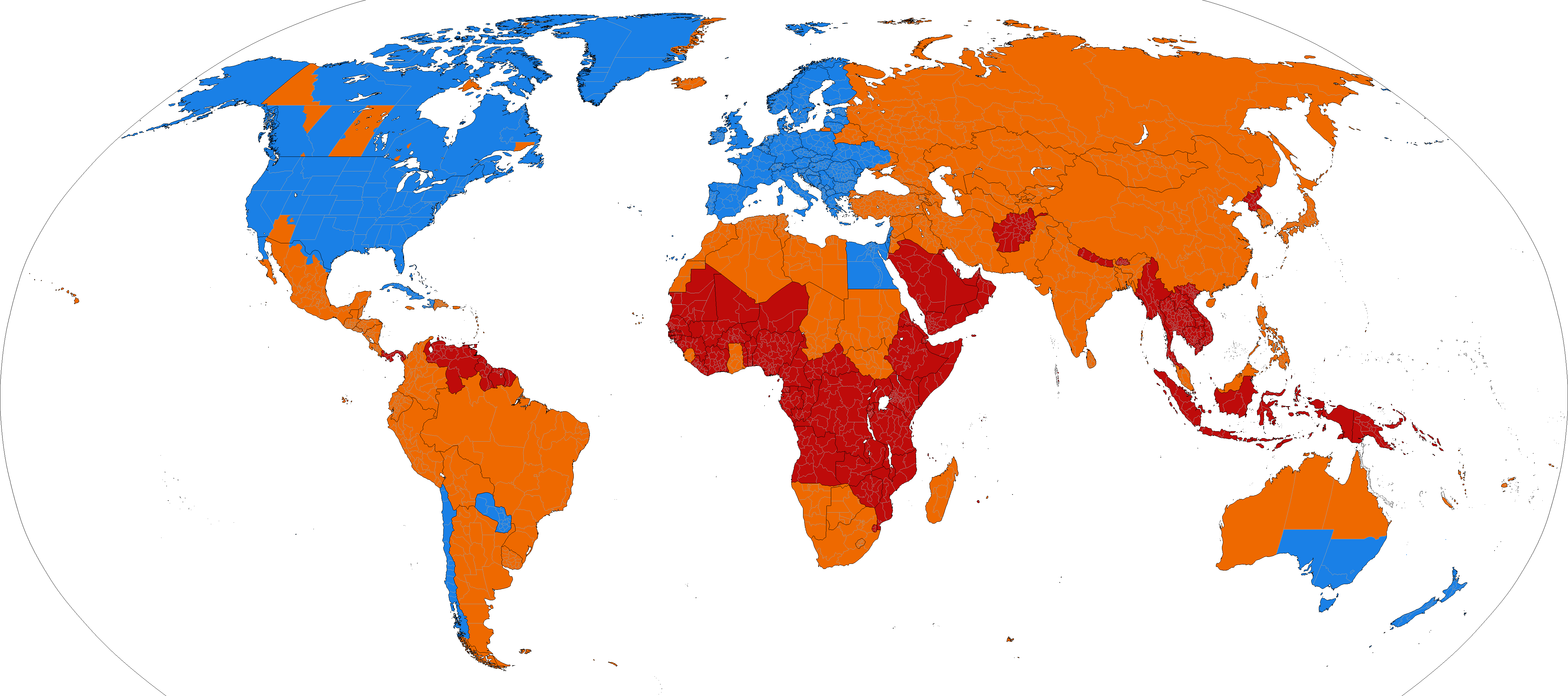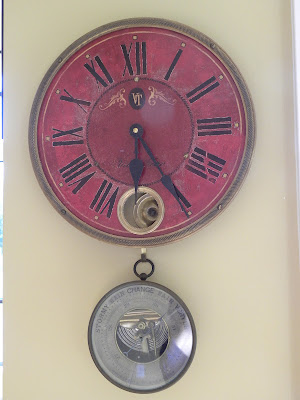 |
| My reliable Timex |
Well, it is that time of the year again when we change our clocks to Daylight Saving Time (DST) or summer time, from Standard Time (ST). In doing this we gain more daylight in the evening but we lose an hour of sleep.
 |
According to Wikipedia:
"Though mentioned by Benjamin Franklin in 1784, the modern idea of daylight saving was first proposed in 1895 by George Vernon Hudson [8] and it was first implemented during the First World War. Many countries have used it at various times since then; details vary by location.
The practice has been both praised and criticized. Adding daylight to evenings benefits retailing, sports, and other activities that exploit sunlight after working hours,[9] but can cause problems for evening entertainment and other occupations tied to the sun.[10][11] Its effect on health and crime is less clear. Although an early goal of DST was to reduce evening usage of incandescent lighting, formerly a primary use of electricity,[12] modern heating and cooling usage patterns differ greatly, and research about how DST currently affects energy use is limited or contradictory.[13]
DST clock shifts present other challenges. They complicate timekeeping, and can disrupt meetings, travel, billing, record keeping, medical devices, heavy equipment,[14] and sleep patterns.[15] Software can often adjust computer clocks automatically, but this can be limited and error-prone, particularly when DST protocols are changed.[16] "
 |
| Sundials are only reliable for telling time when it's sunny |
"Starting on 30 April 1916, Germany and its World War I allies were the first to use DST (German: Sommerzeit) as a way to conserve coal during wartime. Britain, most of its allies, and many European neutrals soon followed suit. Russia and a few other countries waited until the next year and the United States adopted it in 1918. Since then, the world has seen many enactments, adjustments, and repeals.[33]
- Proponents of DST generally argue that it saves energy, promotes outdoor leisure activity in the evening, and is therefore good for physical and psychological health, reduces traffic accidents, reduces crime, or is good for business. Groups that tend to support DST are urban workers or professionals, retail businesses, outdoor sports enthusiasts and businesses, tourism operators, and others who benefit from increased light during the evening.
- Opponents argue that actual energy savings are inconclusive, that DST can disrupt morning activities, and that the act of changing clocks twice a year is economically and socially disruptive and cancels out any benefit. Groups that have tended to oppose DST are farmers, transportation companies, and the indoor entertainment business. "
Apparently in the Soviet Union an official forgot to issue the edict to go back to standard time one Fall but the next Spring the edict was issued to go to DST! It took some time to get the two hour shift fixed.
Not everyone changes to DST, the chart below shows in blue those countries (or parts of countries) that do.

Although not used by most of the world's countries, daylight saving time is common in the Northern Hemisphere's northern latitudes.
DST observed
DST no longer observed
DST never observed
And to make the situation more complicated not every country or area that switches to DST switches at the same time.
In Canada and the United States:
"Since 2007, daylight saving time starts on the second Sunday of March and ends on the first Sunday of November, with all time changes taking place at 2:00 AM (0200) local time. In 2011, daylight saving time began on March 13 and ended on November 6. In 2012, it began on March 11 and will end on November 4. In 2013, it will begin on March 10 and end on November 3."
But in other countries in the northern hemisphere the date for change is often a week or two weeks later and in the southern hemisphere it is time to switch back to ST from DST.
This link contains a list of the varying times for DST:
http://www.timeanddate.com/time/dst/2011.html
Some computers and phones change automatically, but most clocks do not and there are so many clocks in a modern household that making the change is a time consuming affair; and if you like all your clocks to say the same time this process takes even longer.
Just think how much time is taken changing some of these clocks each Spring and Fall:
 |
| Steam Clock in Gastown, Vancouver, Canada |
So whether you are surrounded by traditional, cute or quirky clocks, I hope you have managed to change all yours and have them at roughly the same time.
The best part about changing to DST that we are almost at the Spring equinox (equal daylight and night hours). In the garden the early bulbs have been delighting us with colour, there are more bulbs to come but now there are also other plants and trees, like the lilac below in bud, that promise beautiful colour and fragrance in the not too distant future.
 |
| Northern Lights 1 |
 |
| Northern Lights 2 |
 |
| Tulip Bouquet |
Well that's all for this week, thank you for dropping by and Happy Whimsy Wednesday. Until next week............













